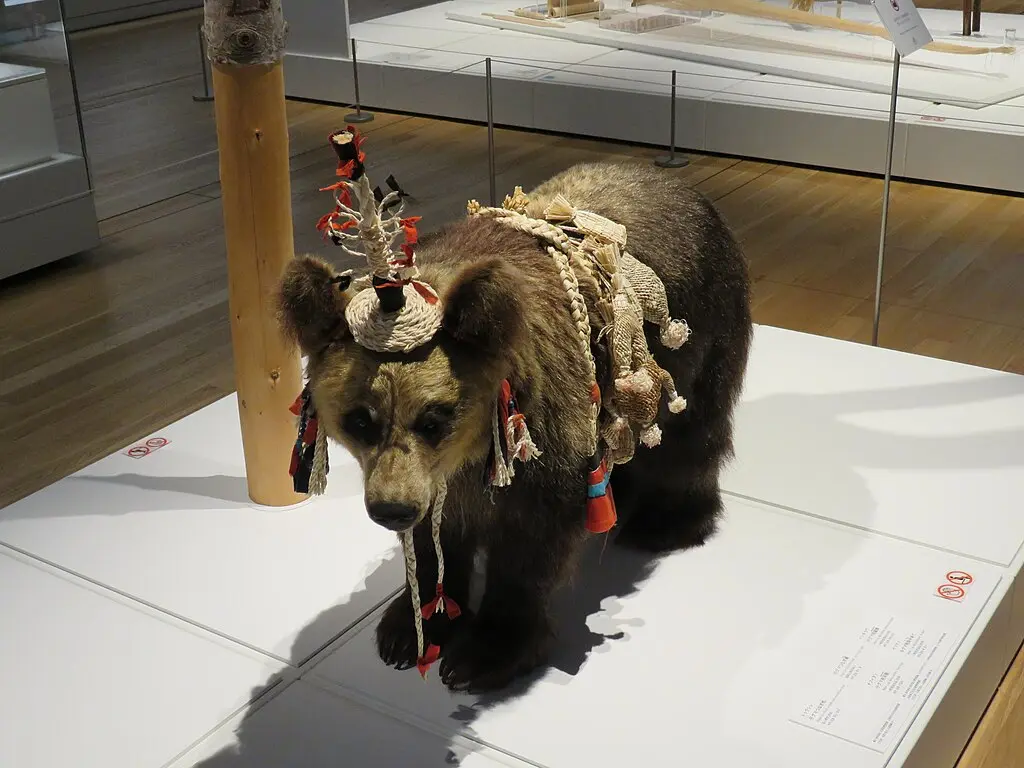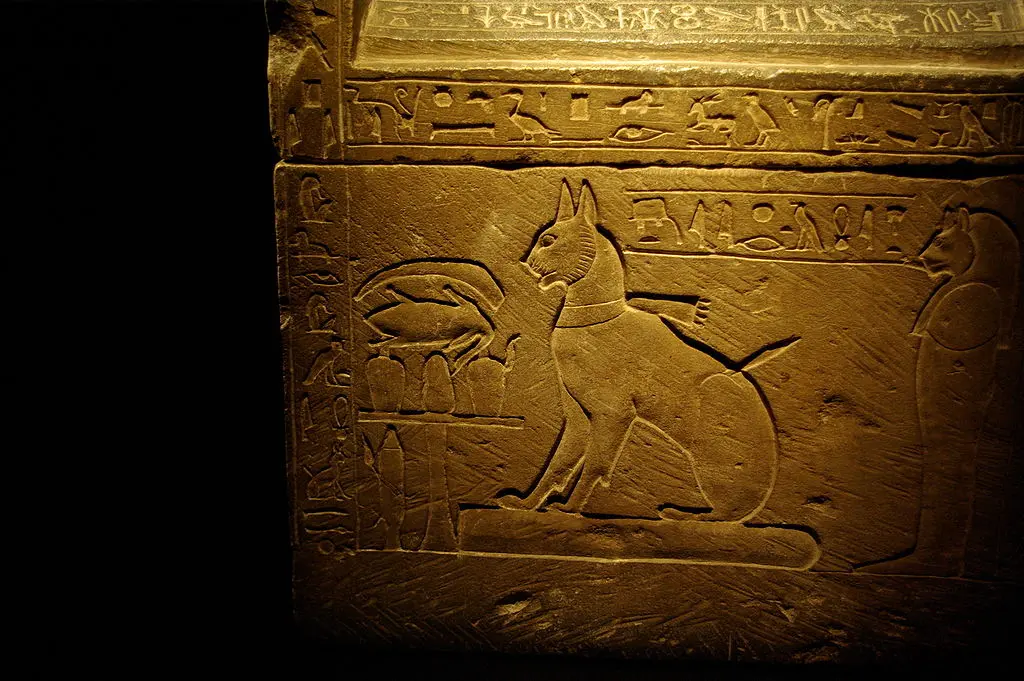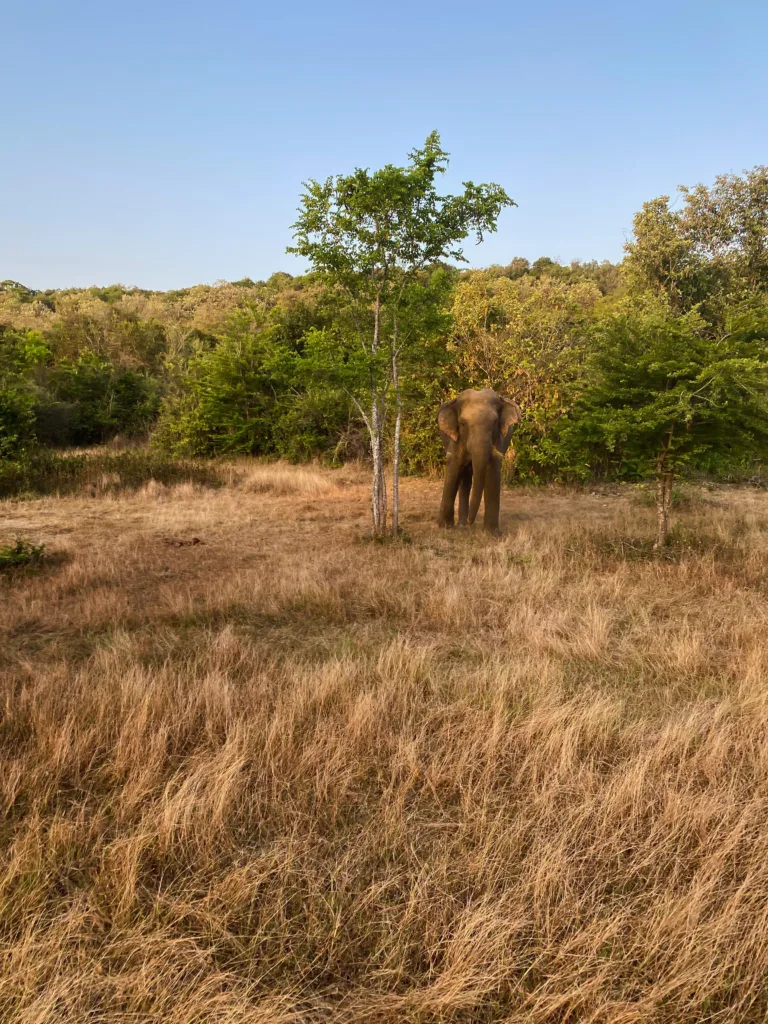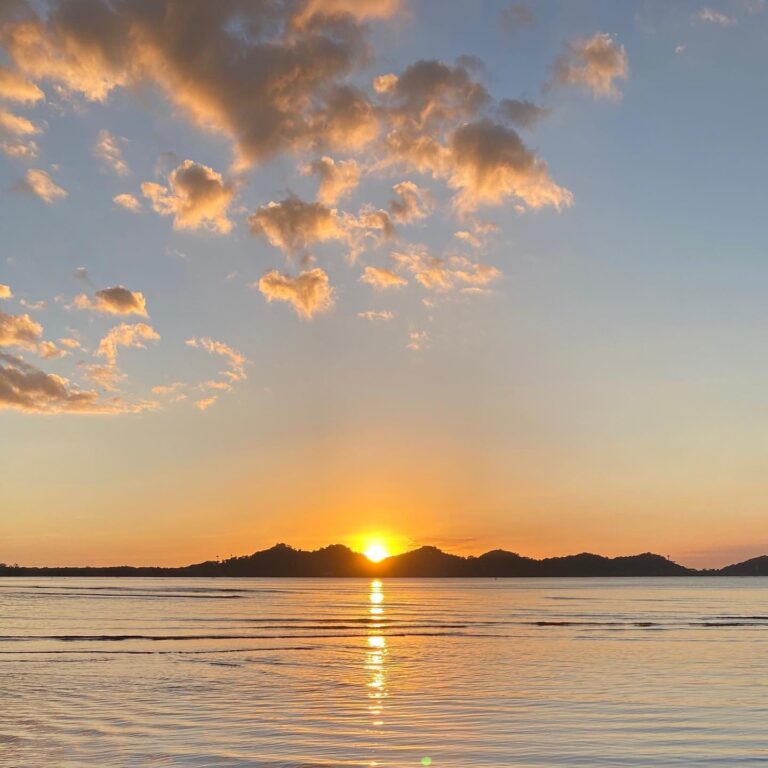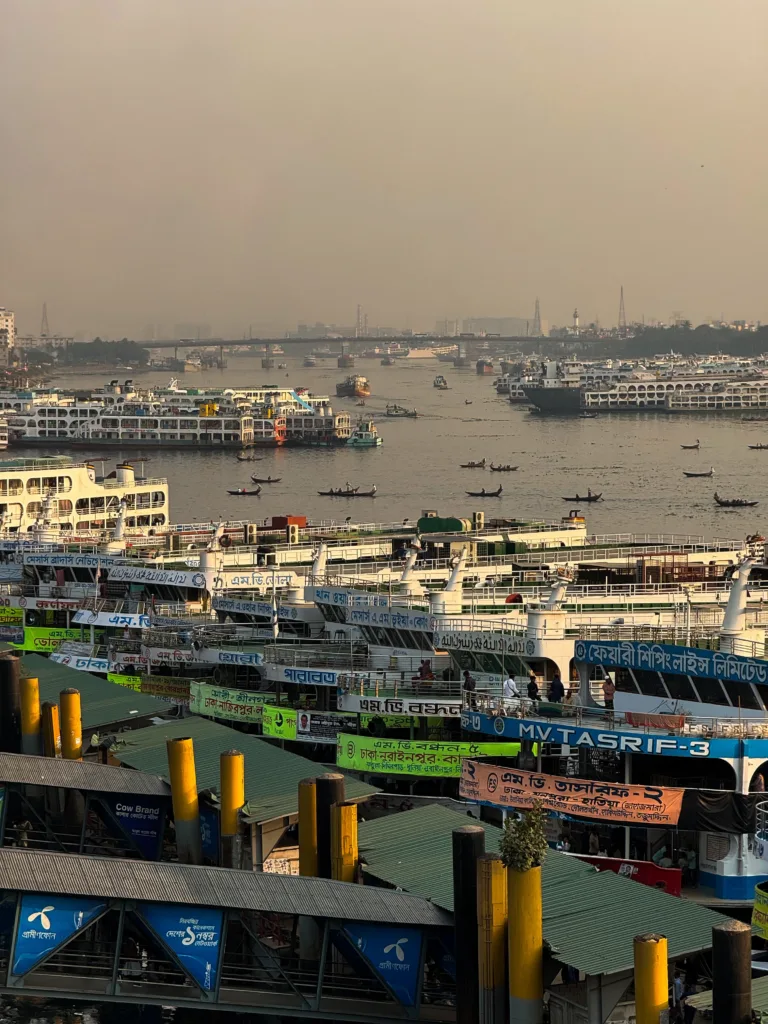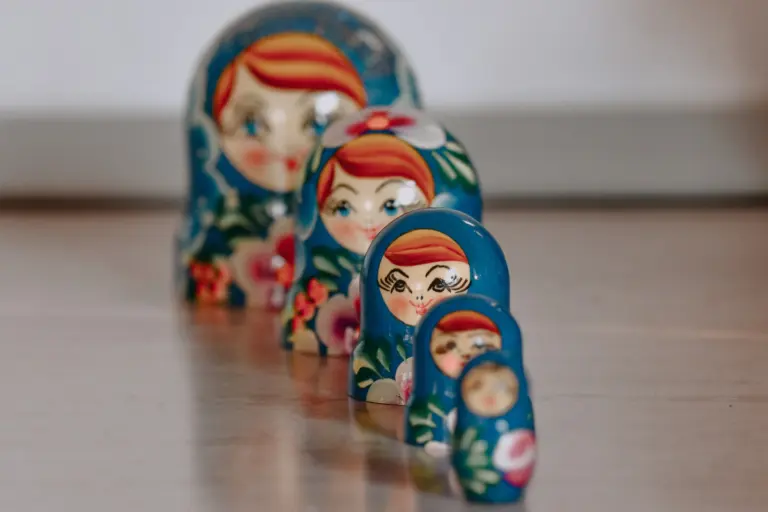Okunoshima, a small, enchanting island which has affectionately earned the nickname “Rabbit Island.”
This quaint spot is something out of a storybook, primarily famed for its large population of wild rabbits. Yes, you heard that right. On Okunoshima, rabbits rule the roost. It’s totally different from the cat islands and deer islands of Japan.
They hop around freely, often greeting visitors with curiosity with the hope of a treat. This island isn’t just an animal sanctuary; it’s a place where the rabbits are as much a part of the landscape as the trees and the sea.
Yet, all is not as it appears to be as Okunoshima is shrouded in some of the darkest history in Japan, a stark contrast to the hippity-hoppity bunnies scattered around the island.
This article seeks to illuminate both the allure and the demure of the Rabbit Island.
Table of Contents
Toggle
History of Okunoshima
Okunoshima’s history is as intriguing as it is contrasting to its current peaceful demeanor.
The Rabbit Island holds a darker past, rooted in the annals of World War II.
During these tumultuous times, Okunoshima played a significant role in Japan’s war efforts, not as a battlefield, but as a secretive hub for the production of chemical weapons. Yikes.
The island was chosen for its isolation, which was ideal for the clandestine nature of the activities carried out here. From 1929 through the end of World War II, Okunoshima was home to a factory where thousands of tons of poison gas were produced.
The existence of this facility was a closely guarded secret; even maps of Japan often omitted the island during that era.
After the war, the facilities were abandoned, and the island’s dark history was largely forgotten.
Nature reclaimed the land, and in a twist of fate, this once-forbidden island transformed into a peaceful retreat. The chemical factories gave way to open fields and forests, and the once-secretive island opened its doors to a very different kind of visitor.
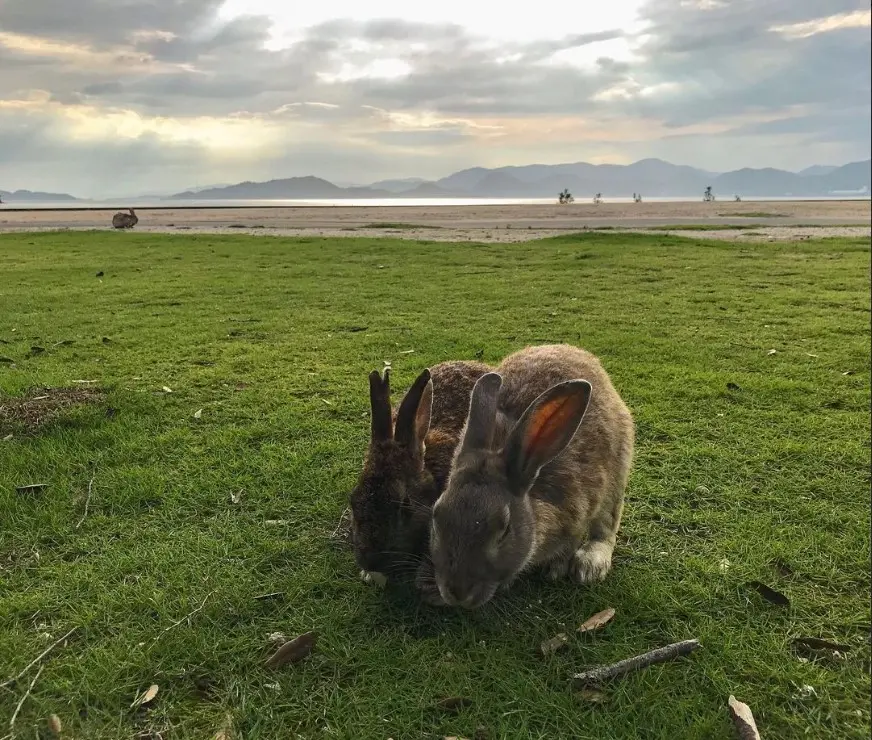
The Rabbits of Okunoshima
The exact origins of the rabbit population on Okunoshima is a bit of a mystery, but the most commonly accepted theory is that they are descendants of a few rabbits released on the island after World War II.
These rabbits were initially brought for scientific purposes, but with time, they were set free. In the absence of natural predators, though that’s not to say they aren’t any as we literally saw a hawk snatch a rabbit and a snake in the middle of eating one, and with a hospitable environment, the rabbit population flourished, multiplying into the hundreds.
However, interacting with the rabbits of Okunoshima comes with a responsibility to ensure their well-being. Here are some dos and don’ts to keep in mind:
Do’s:
- Move slowly and gently around the rabbits to avoid startling them.
- Feel free to pet the rabbits, but do so with gentleness.
- If you bring food for the rabbits, ensure it is appropriate – vegetables like carrots or lettuce are good options. You can find plenty of leftovers on the ground to pick up or you can buy some near the ferry terminal.
- Dispose of any trash properly to keep the island clean.
Don’ts:
- Do not feed the rabbits anything processed or unhealthy for them, such as snacks or sweets.
- Avoid picking up the rabbits. This can stress them and is best avoided for both your safety and theirs.
- Keep an eye on young children to ensure they treat the rabbits gently.
- Do not chase the rabbits or invade their space aggressively.

How to Get to Okunoshima
Reaching Okunoshima is easily done from Hiroshima though it still involves a combination of train and ferry travel. The journey is an adventure in itself, offering glimpses of Japan’s picturesque countryside and the serene Seto Inland Sea.
From Hiroshima to Okunoshima:
Train Journey to Tadanoumi Station:
- Start your journey from Hiroshima Station.
- Take the JR Sanyo Line towards Iwakuni and get off at Mihara Station.
- From Mihara, switch to the JR Kure Line and head towards Mihara.
- Alight at Tadanoumi Station. The journey typically takes about 1.5 hours.
Walk to Tadanoumi Port:
- From Tadanoumi Station, it’s a short and easy walk to Tadanoumi Port. The walk takes about 5 to 10 minutes. At Tadanoumi Port, you can find a small store where you can purchase rabbit food.
- From Tadanoumi Station, it’s a short and easy walk to Tadanoumi Port. The walk takes about 5 to 10 minutes. At Tadanoumi Port, you can find a small store where you can purchase rabbit food.
Ferry from Tadanoumi to Okunoshima:
- At Tadanoumi Port, take a ferry to Okunoshima.
- The ferry ride is brief, around 12 to 15 minutes.
- Ferries run approximately once an hour, but it’s wise to check the schedule in advance, especially if traveling on weekends or holidays. You can find the ferry schedule here.
Top Things to Do on Okunoshima

1. Play with the Rabbits
As you explore the island, you’ll find hundreds of rabbits that are accustomed to human presence.
Approaching the rabbits gently is key; a calm approach will encourage them to come closer without feeling threatened. Many of these furry islanders enjoy human interaction and will even hop towards you, especially if they suspect you might have a treat for them.

2. Visit the Poison Gas Museum
Visiting the Poison Gas Museum is a sobering experience that offers a stark contrast to the island’s otherwise idyllic setting.
The museum, though small, contains a wealth of information about the island’s history as a major poison gas factory. Exhibits detail the production of chemical weapons on the island, the conditions within the factory, and the impact of these weapons.
The Poison Gas Museum also serves as an educational resource, highlighting the horrors of chemical warfare and advocating for peace and a world free of such weapons.

3. Try out the Walking Trails
There are numerous trails that wind through the island’s diverse landscapes, from lush forests to scenic coastlines, allowing you to fully immerse themselves in the charms of Rabbit Island.
The trails on Okunoshima are well-maintained and suitable for walkers of all skill levels. As you embark on these paths, you’re likely to encounter numerous friendly rabbits along the way, though as you go deeper into the island you’ll find that they aren’t as used to humans as those by the beach.
Plus there’s an actual foodchain here, with snakes and hawks amongst their predators.

4. Experience Haikyo
Haikyo translates to “ruins” in Japanese and it involves exploring abandoned sites, which in the case of Okunoshima, are remnants of its complex history as a poison gas production site during World War II.
The island is scattered with numerous abandoned structures and ruins that date back to its wartime history. These include old factories, storage buildings, and military facilities that were once part of the extensive chemical weapons program.
Over the years, these structures have been reclaimed by nature, creating a haunting yet fascinating landscape. The contrast between the decaying man-made structures and the encroaching natural beauty creates a surreal atmosphere that is ripe for photography and reflection.

5. Relax at Beaches
The island also boasts serene beaches that provide a perfect setting for watching the sunset.
The beaches on Okunoshima are typically uncrowded, offering a peaceful escape where you can unwind to the soothing sounds of the sea.
Besides swimming, the beaches are great for sunbathing, picnicking, or simply enjoying the beautiful views of the surrounding sea and landscapes. Plus, you get tons of rabbits as a bonus! What’s not to love?

6. Pray at Okunoshima Shrine
Okunoshima Shrine was established during a transformative period for the island, the shrine’s origins are closely linked to the establishment of the poison gas factory in 1929. It’s also the only shrine on the island.
Originally, when the poison gas factory was opened in 1929, the employees restored an existing shrine and named it Okunoshima Shrine. In 1932, it was relocated to its current site, where it stands to this day.
However, time and elements have taken their toll on the shrine; parts of the haiden (worship hall) have collapsed, leading to restrictions on entering the haiden and the honden (main hall).
Despite its small size, the shrine was initially felt to be quite grand. Today, several of its original structures endure the test of time. The stone torii gate, lanterns, and what appear to be ceramic komainu (guardian lion-dogs) remain firmly in place, bearing witness to the shrine’s history.

7. Go Hiking
Despite its small size, the island offers several hiking trails that provide a perfect blend of nature, history, and scenic beauty. As you hike, you’re still likely to encounter the island’s famous rabbits.
One of the key highlights of hiking on Okunoshima is discovering the remnants of its past. The island’s history has left behind several ruins, including old factory buildings and military facilities.
The trails also lead to some beautiful lookout points, offering panoramic views of the Seto Inland Sea and the surrounding islands.
Where to Stay on Okunoshima
There is only one hotel on Okunoshima that offers camping amongst other amenities. Otherwise, it’s better to stay in Hiroshima and come here on a daytrip. I’ll include recommendations for both options:
- Kyukamura Okunoshima – a sustainable ryokan that provides comfortable, air-conditioned lodging. This 4-star establishment not only offers amenities like a hot spring bath, a public bath, and a family-friendly restaurant with free Wifi, but also features a coffee shop and offers packed lunches for convenience.
- The Knot Hiroshima – offers comfortable, air-conditioned rooms with amenities like free WiFi, a terrace, and an on-site restaurant. This 4-star establishment ensures round-the-clock front desk service and luggage storage, along with private parking facilities. Each room in the hotel is furnished with a flat-screen TV, a private bathroom complete with a bidet and complimentary toiletries.
- Daiwa Roynet Hotel Hiroshima-ekimae – provides air-conditioned rooms and boasts a range of facilities including a restaurant, a 24-hour front desk, a shared lounge, and complimentary WiFi. The hotel also offers a buffet breakfast for guests to enjoy.
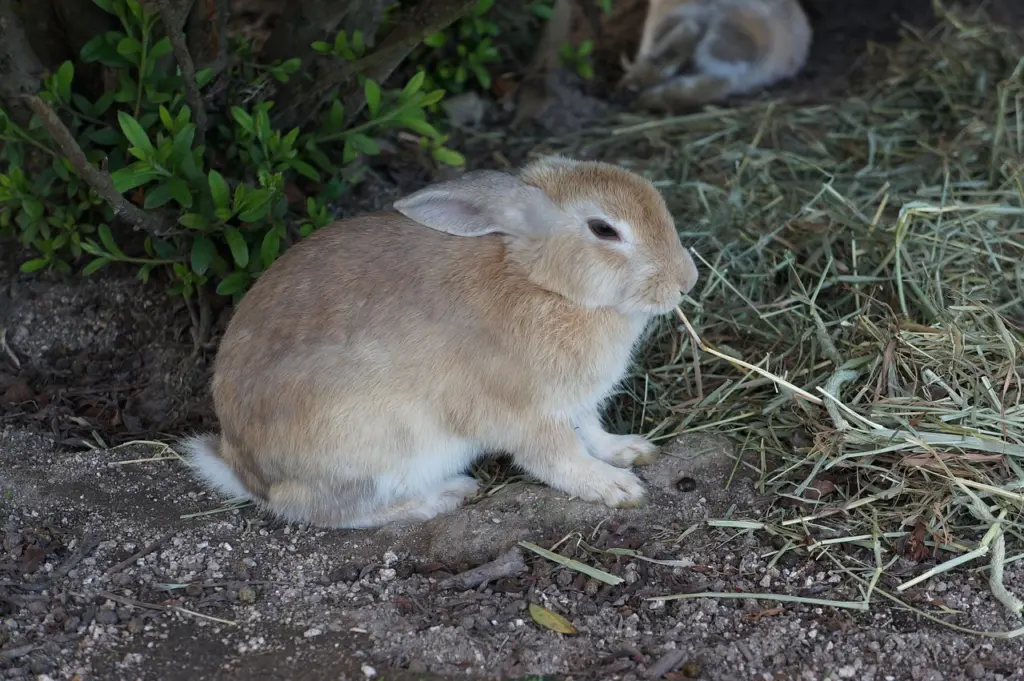
How to Get Around Okunoshima
Getting around Okunoshima is relatively straightforward due to its small size. The island can be easily explored on foot, by bicycle, or via a rental car. Here’s a guide on how to navigate this charming island:
On Foot: Walking is one of the best ways to explore Okunoshima. The island is small enough that you can comfortably walk around it in a few hours. We were able to circle the entire island’s perimeter and even some hiking trails within all in a day so it’s super do-able.
Bicycle Rental: Bicycles are available for rent near the ferry terminal. Cycling is another popular way to get around the island, as it’s faster than walking but still allows you to enjoy the outdoors. The island has a relatively flat terrain too.
Rental Cars: Rental cars are also available. I think this is mainly for those staying at the hotel and have luggage but it’s also possible to use the car to go around the island.
Best Time to Visit Okunoshima
The best time to visit Okunoshima is during Spring, from March to May, when the weather is mild and the island’s natural scenery is at its most beautiful.
During this period, temperatures range from 10°C – 20°C (50°F – 68°F), creating ideal conditions for outdoor activities like exploring the island and interacting with the rabbits.
Plan Your Trip to Okunoshima | Best Travel Resources
Book Your Accommodations
- Booking.com – the world’s leading online booking platform for accomodations around the world, they have an extensive amount of available listings with zero booking fees and best price guarantees.
- Hostelworld – a backpacker’s best friend, Hostelworld has the largest collection of hostels and guesthouses for affordable prices.
Don’t Forget Insurance
- SafetyWing – from Nomad Insurance, an insurance by nomads for nomads. They understand our lifestyle well and have really comprehensive and flexible plans that cater to any traveler.
Find Cheap Flights
- Kiwi.com – my go-to for booking and finding the cheapest flights and it’s helped me save tons of money. They do virtual interlining which is connecting flights from airlines that do not codeshare, so you can find routes that you wouldn’t be able to find normally.
Join Tours & Activities
- GetYourGuide – is one of the best places to find unique tours and activities. I found that it’s an excellent way to meet fellow travelers and create fond memories. They are not only limited to tours as they also offer niche services such as skip-the-line tickets or private transfers.
Catch a Ride
- Rentalcars.com – nothing beats the freedom of the road, Rentalcars.com is the world’s largest online car rental service. They operate across 160 countries so they’re the perfect partner to work with if you find yourself wanting a ride.


